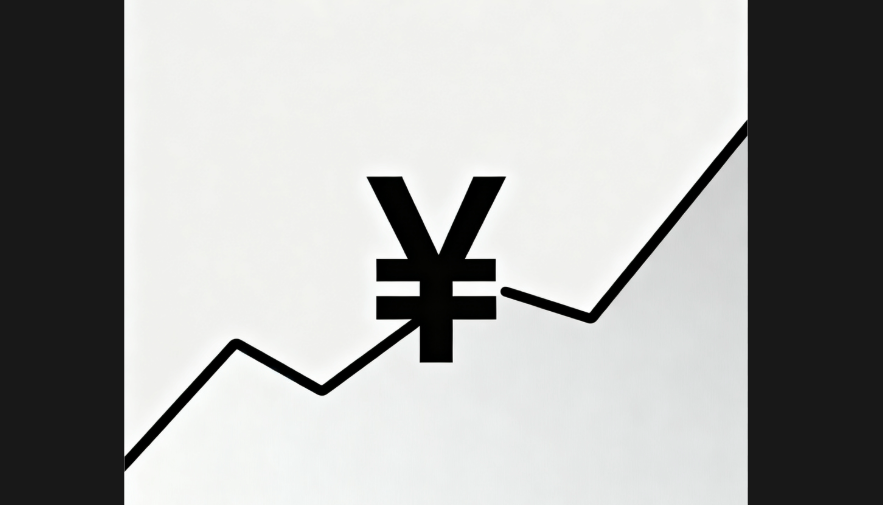
The Current Global Easing Cycle May Have Already Peaked
The current global monetary easing cycle may have already reached its peak. The key question now is when, or whether, the currently soaring financial markets will begin to feel the pressure.
According to statistics from Bank of America, the number of interest rate cuts by global central banks over the past two years has already surpassed those during the 2007-09 global financial crisis. Although this statistic only reflects the frequency of rate cuts rather than the magnitude of easing, it still represents a "remarkable achievement" against the backdrop of the historic tightening cycle to combat inflation in 2022-23.
On the surface, many investors' initial reaction might be that the end of ultra-loose monetary policy implies tighter financial conditions, which would be unfavorable for the markets.
However, historical experiences often bring surprises — following the peaks of the past three global easing cycles, corporate earnings cycles typically continued to expand, and stock markets still managed to achieve solid gains.
Analysts from Société Générale suggest that the peak of an easing cycle might actually be a positive signal for Wall Street — indicating that profit growth will broaden and accelerate.
Manish Kabra, Head of US Equity Strategy at Société Générale, stated that the peak of an easing cycle is a "strong signal" to diversify into market segments such as small-cap stocks and low-leverage stocks. He emphasized that reducing equity exposure should generally only be considered when investors start pricing in the beginning of a rate hike cycle.
Of course, there is one significant difference between now and these historical periods: current stock prices and valuations.
















